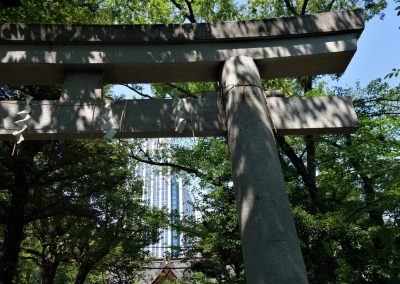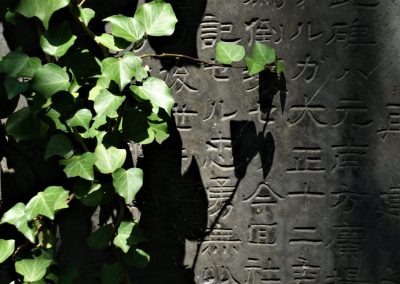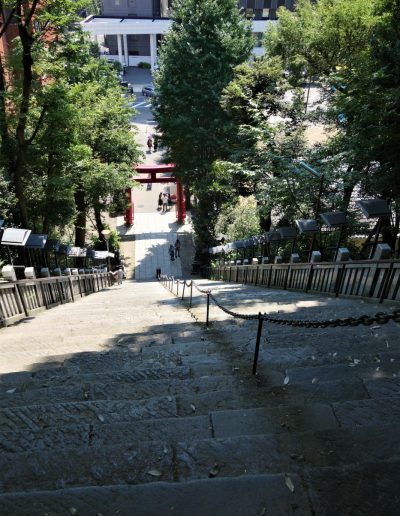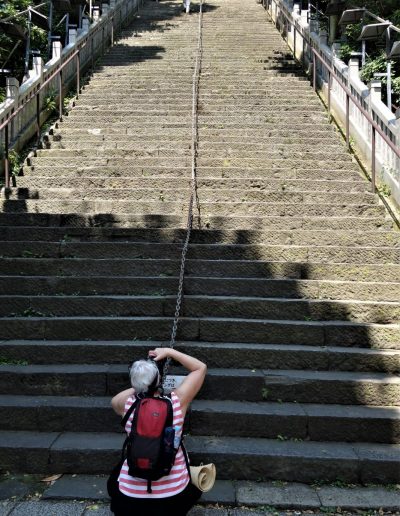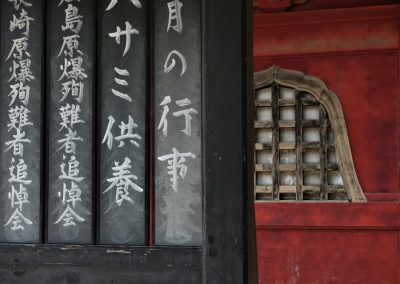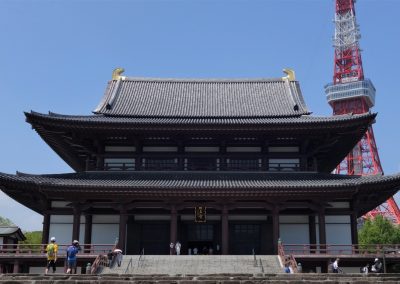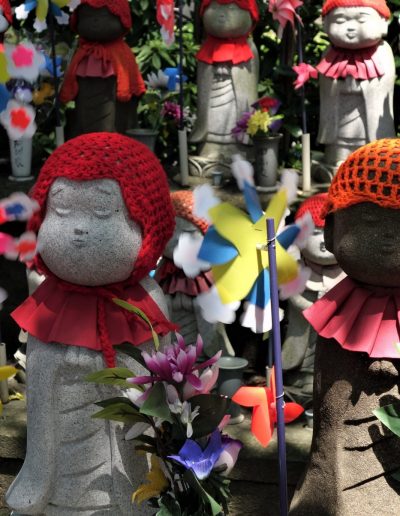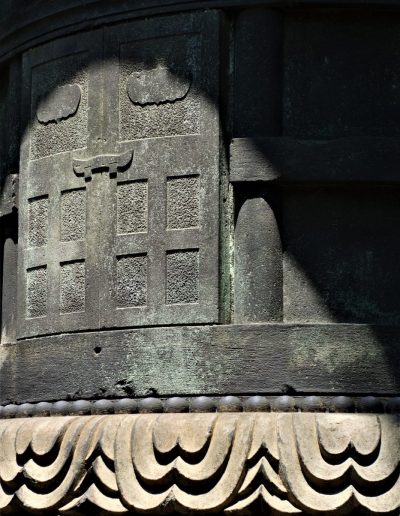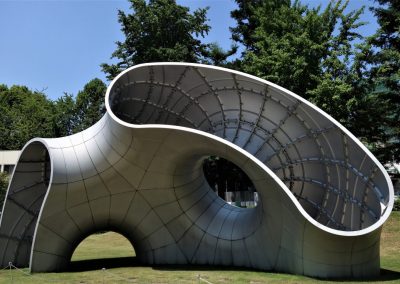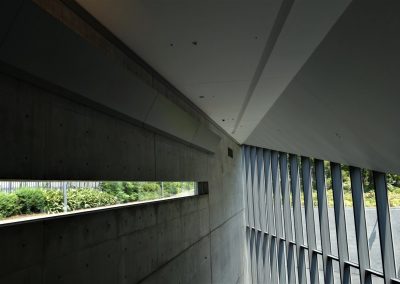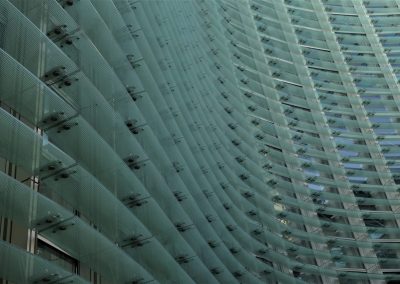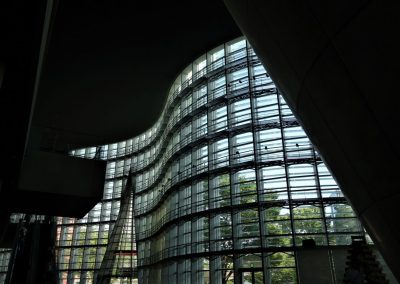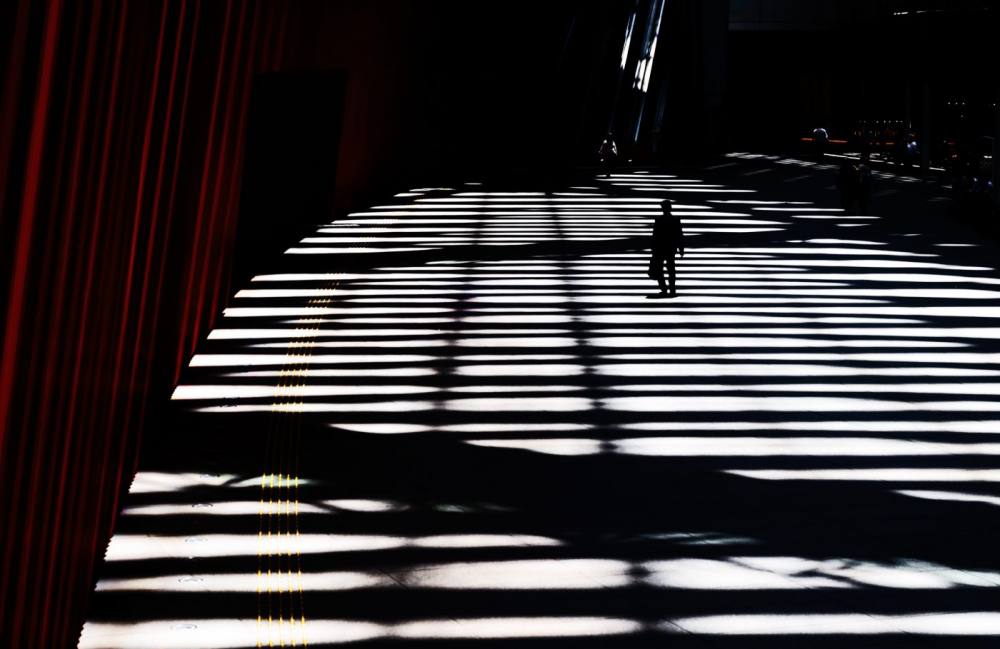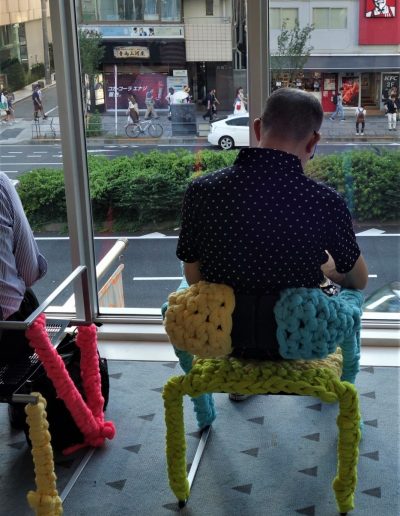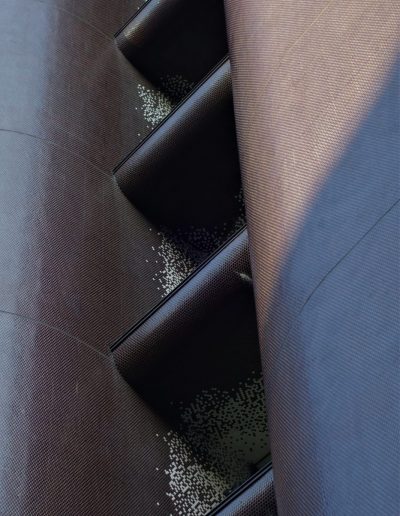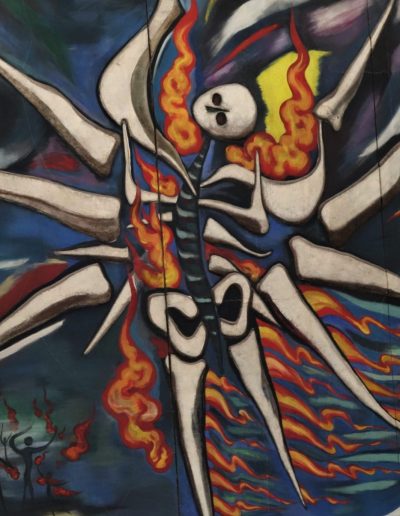Arrived late Saturday night. Headed out on Sunday morning to explore the local district. First stop was Atago-jinja. The word ‘jinja’ means a Shinto place of worship. This one dates back to 1603. It’s a lovely oasis of quiet and green surrounded by roads and skyscrapers. Places like this must have a deep significance for people living in one of the most densely populated places on Earth.
Atago-jinja is built on the highest point in Edo. All of 26 m above sea level, which tells you how flat it is around Tokyo. It’s famous for the 85 stone steps that lead up to the shrine. There’s a legend of a samauri who rode up them on horseback to deliver plum blossoms to the shogun Tokugawa Ieyasu. We stalked Ieyasu and his clan on this trip.
South of Atago-jinja lies Zojo-ji. This is an important temple of the Jodo (Pure Land) sect of Buddhism. It’s a very large complex that dates back to 1393. These days, the temple sits in the shadow of that Gustave Eiffel rip-off, the Tokyo Tower. At first look it’s an odd juxtaposition, but this is Japan. The interplay of ancient and modern is everywhere.
Along one side of the temple grounds is a row of “care guardian dieties of children”. Small statues with knitted caps and capes, plastic flowers and windmills. These are dedications made for the safety of children and memorials for miscarriages and stillbirths. At the rear, within high walls, lies the mausoleum of the Tokugawa shoguns.
To the west of Zojo-ji is Roppongi, a modern district with an emphasis on art and design. Highlights include Tokyo Midtown, 21_21 Design Sight, and the National Art Centre Tokyo.
The area around Tokyo Midtown has some cool outdoor sculpture.
21_21 Design Sight is a building by the architect Tadao Ando. What’s striking is the way it presents sleek lines at ground level, then takes you into a below ground space that is full of light.
Nearby is the National Art Centre Tokyo by the architect Kisho Kurokawa. Its curved facade looks amazing from the outside. The external facade turns curved, transparent wall when you are inside the building and it’s a fantastic effect.
Julie did a ‘high contrast’ photo tour later in the week and took a great photo in this space that now hangs on our living room wall.
The main exhibition on show when we visited was “Vienna on the Path to Modernism“. So we had Klimt and Schiele with our concrete and glass. Pure Japan.
Heading further west towards Shibuya we stopped by the Spiral Building by the architect Fumihiko Maki. It was being yarn-bombed. Walking the streets you see all kinds of cool things. We liked this building that looked like it was coated in chocolate dots.
Timed our run to be at Shibuya crossing in peak hour. First we sought out the “Myth of Tomorrow” mural which has a very intruiging history. Then we picked our spot to watching pulses of bodies wash across the striped tarmac. It is captivating.

